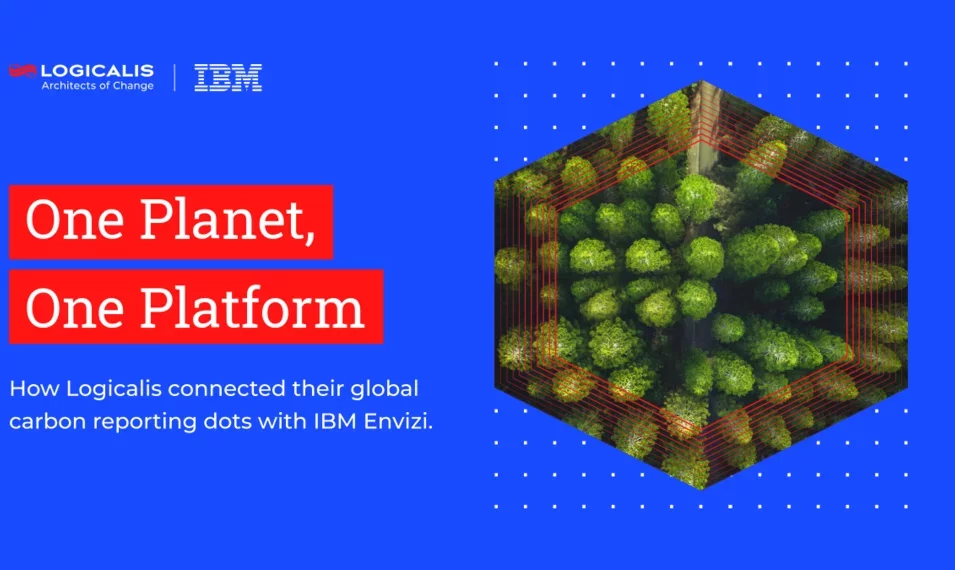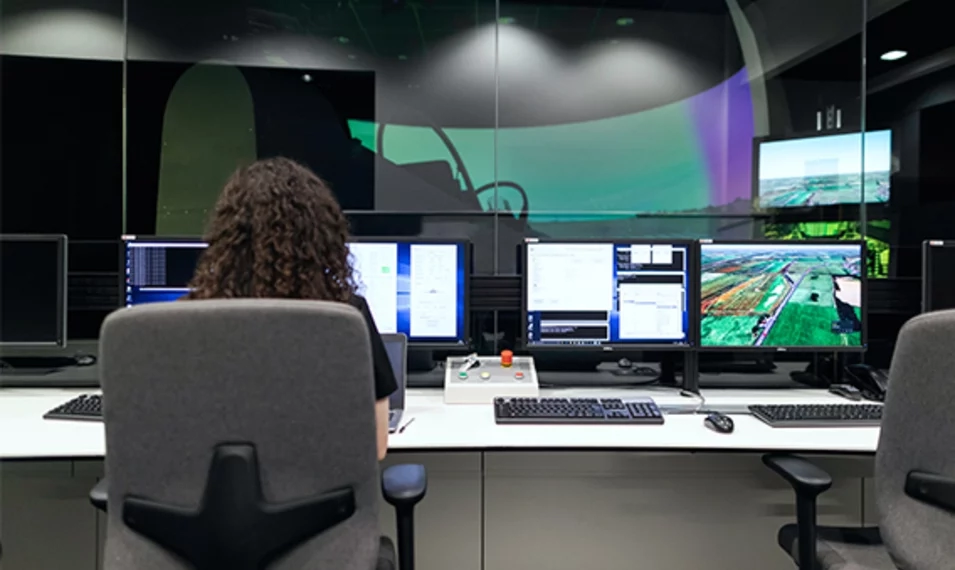
Australia, Aug 29, 2024
Western Sydney University (WSU) is one of Australia’s leading universities with a comprehensive range of study areas in undergraduate, postgraduate and Higher Degree Research programs. In 2024, for a third consecutive year, the University was ranked number one in the world in the Times Higher Education Impact Rankings. With more than 47,000 students and 6,000 staff across 13 campus locations in Sydney, Western has a diverse IT environment designed to provide a rich technology-enhanced learning experience.
Download the PDF version of the case study
Challenge
Technology forms a critical part of the University’s strategic plan and the University’s IT team had several objectives to deliver on. These included enhancing the digital experience, facilitating world-class research, promoting university engagement, building digital capability, and empowering innovation. However, due to the complexity of its environment across on-premises servers, co-located data centre hosting and a private cloud, several challenges were faced in delivering on these objectives.
These included:
- A critical requirement to exit its data centre within a tight 6-month timeframe, as infrastructure had reached end-of-life, and the vendor was ceasing support for its managed platform.
- Due to the specific storage used and its limitation the University were using workaround solutions.
- The existing legacy infrastructure, including backup, lacked agility and innovative features leading to problems with reliability and performance.
- Western had a significant amount of production workloads on virtual machines (VMs) that needed a migration path to Azure Public Cloud. The University had already identified the potential benefits of moving services, infrastructure, and applications to Azure Public Cloud, allowing for faster deployment, agile development, flexible expenditure, high security and scalability. They went out to tender to find a trusted partner with deep expertise to support their migration to Azure.
Solutions
A "Lift and Shift with Re-IP" strategy was employed for Western Sydney University (WSU) to migrate workloads into Microsoft Azure using Azure Migrate. Logicalis' Production Ready Cloud Platform (PRCP) is the culmination of extensive experience in migrating, deploying, running, optimising, and improving thousands of workloads in Azure. The platform is architected with security best practices to ensure compliance and provide robust guardrails for organisations leveraging the public cloud. It features integrated backup and disaster recovery (DR) policies, along with automated workflows for cloud governance, designed to minimize cloud sprawl within this proven and reliable platform.
A total of 230 virtual machines (VMs) and workloads were migrated. Of the identified VMs, 138 were running Microsoft Windows, while the remaining 74 are Linux-based which were migrated via ""Lift and Shift" . An additional 18 VMs were migrated to accommodate new builds (refactored) . The migration strategy involved a rehosting approach and maintaining the current operating systems for all servers
In response to the tender, the team at Logicalis explored a variety of Microsoft technologies to determine the most suitable option for Western Sydney University. According to the University, while several vendor proposals were received, Logicalis stood out with its agnostic approach and detailed analysis process and methodology. By leveraging its strong relationship with Microsoft, the Logicalis team sourced data around each solution, allowing for a comprehensive evaluation of migration, ongoing costs, licensing, and functionality. This meticulous approach yielded valuable actionable insights into determining the platforms that would best align with Western’s requirements.
To align with the future cloud strategy for the University in Azure, Logicalis designed an enterprise-scale Azure Landing Zone based off Microsoft’s modular and scalable Cloud Adoption Framework. This approach provided a foundation for good practices and standards within Azure while creating an environment for hosting workloads in the cloud. The enterprise-scale landing zone architecture represents Microsoft’s recommended strategic design and technical state for an Azure environment. This ensures the environment can continue to evolve alongside future developments to the Azure platform by Microsoft and authorised vendors.
Outcome
- Agile Development and Deployment – Logicalis was able to streamline application deployment by delivering a platform and process that allows the University to accelerate application deployment and lower operational efforts.
- Reduced Costs – The shift to the new environment has allowed for a reduction in IT operational / MSP costs each year.
- Greater Security & Resiliency – The University’s new cloud environment now keeps track of all changes made and leverages the latest firewalls and security features to reduce the likelihood and impact of cyber-attacks and internal misconfiguration.
- Continuous Improvement – With thousands of new services released each year, Western can now gain access to continual innovation and maintain the agility of their new solution.
- Centralisation & Visibility – The University’s new well-governed cloud environment helped to decentralise its IT environment, providing clearer visibility of services used and IT costs.
- Improved Automation - Platform and application automation is enabling a greater ease of management across IT environments and improved self-service capabilities. The University has seen an increase in process efficiency since the deployment of their new solution.
The solution developed for Western is a scalable and replicable engagement model that can be leveraged far beyond the higher education sector.



















